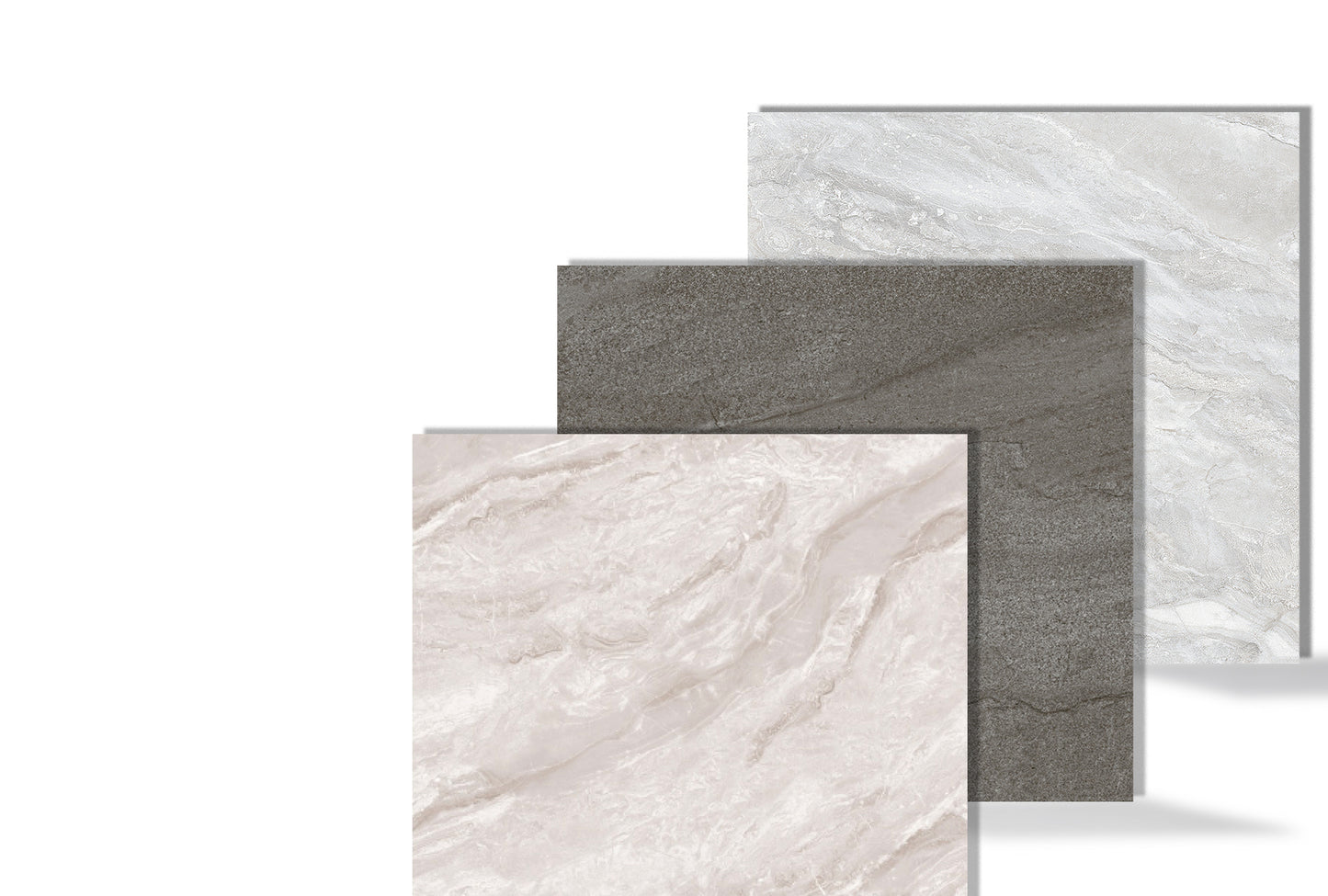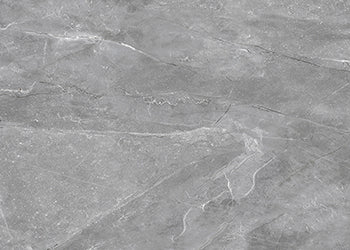FAQs
What are rectified tiles?
Rectified tiles are precision-cut to size, trued and squared off, with 90-degree edges. If a tile is non-rectified, this means it is pressed to a nominal size and will have rounded off edges (cushion edge). A rectified tile has a consistent size, while non-rectified tiles have a slight variance in size.
What are the different tile materials?
- Ceramic tiles are made from clay and fired in a kiln at high temperatures. These come in glossy and unglazed finishes. They are often used on walls and floors in bathrooms, kitchens, and family areas.
- Porcelain tiles are also a ceramic tile but with the addition of feldspar, silica, and flint. These tiles are pressed and heated in a kiln between 1200-1300 degrees Celsius. This distinct way of constructing results in a fantastic tile with low absorbency, uniform surface, and heat resistance. Perfect for floors and wall in any home, they come in matt and polished finishes.
- Glass tiles are often used as a decorative tile. They come in unique colourful designs and patterns. They are widely used in kitchens as a backsplash since they are easy to clean and resistant to staining
- Stone/Marble tiles are a natural tile that takes many years to form. They are formed from a collection of aggregate rock and mineral such as marble, granite, slate and limestone. they are carefully extracted from the earth and cut to size. Due to their nature porous nature, they have a high absorbency and thus require constant maintenance.

